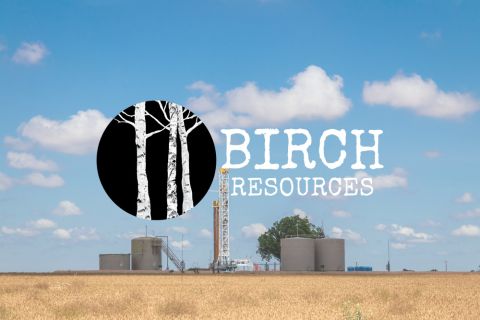Enbridge Inc. is increasing apportionment on its Mainline pipeline system, which ships the bulk of Canadian crude exports to the U.S., as demand to transport barrels climbs due to rising production and colder weather.
Enbridge will apportion December deliveries on its heavy crude system by 11% and ration space on the light oil system by 13%. The rationing is the highest it has been since last winter and comes after a period of very low or zero apportionment in 2022.
Higher apportionment, or rationing of pipeline space, on the 3.1 million-bbl/d Mainline system could lead to crude getting backed up in Alberta and weigh on prices at the Hardisty storage hub, where benchmark Canadian heavy oil is already trading at a steep discount to U.S. grades.
“If this is the beginning of real additional tightness it’s going to really hurt,” said Rory Johnston, founder of the Commodity Context newsletter. “Having a transportation backlog on top of the quality discount would be a double whammy that the patch does not want to see right now.”
Apportionment typically picks up over the winter when production in Canada is usually at its highest, Johnston said. Canadian oil producers also have to add a higher proportion of diluent, an ultra-light oil, to viscous bitumen so it can flow through pipelines in cold weather, increasing volumes.
Signs of increased congestion on Canadian export pipelines come on top of a prolonged period of weak demand for Western Canada Select (WCS), the benchmark Canadian heavy grade, in the U.S. Midwest and Gulf Coast.
Still, apportionment on Canadian export pipelines remains well below historical levels, which until as recently as last summer hit over 50% of some parts of the system.
Congestion dropped dramatically after Enbridge completed its Line 3 replacement project last October, adding 370,000 barrels per day of capacity to the export network.
There was no apportionment at all on the Mainline from March to July this year, according to Enbridge data. In November and October apportionment was 2% on light and heavy oil pipelines.
Recommended Reading
Hot Permian Pie: Birch’s Scorching New Dean Wells in Dawson County
2024-10-15 - Birch Resources is continuing its big-oil-well streak in the Dean formation in southern Dawson County with two new wells IP’ing up to 2,768 bbl/d.
Utica’s Encino Boasts Four Pillars to Claim Top Appalachian Oil Producer
2024-11-08 - Encino’s aggressive expansion in the Utica shale has not only reshaped its business, but also set new benchmarks for operational excellence in the sector.
SM, Crescent Testing New Benches in Oily, Stacked Uinta Basin
2024-11-05 - The operators are landing laterals in zones in the estimated 17 stacked benches in addition to the traditional Uteland Butte.
Falcon, Tamboran Spud Second Well in Australia’s Beetaloo
2024-11-25 - Falcon Oil & Gas Ltd., with joint venture partner Tamboran, have spud a second well in the Shenandoah South Pilot Project in the Beetaloo.
McKinsey: Big GHG Mitigation Opportunities for Upstream Sector
2024-11-22 - Consulting firm McKinsey & Co. says a cooperative effort of upstream oil and gas companies could reduce the world’s emissions by 4% by 2030.
Comments
Add new comment
This conversation is moderated according to Hart Energy community rules. Please read the rules before joining the discussion. If you’re experiencing any technical problems, please contact our customer care team.





